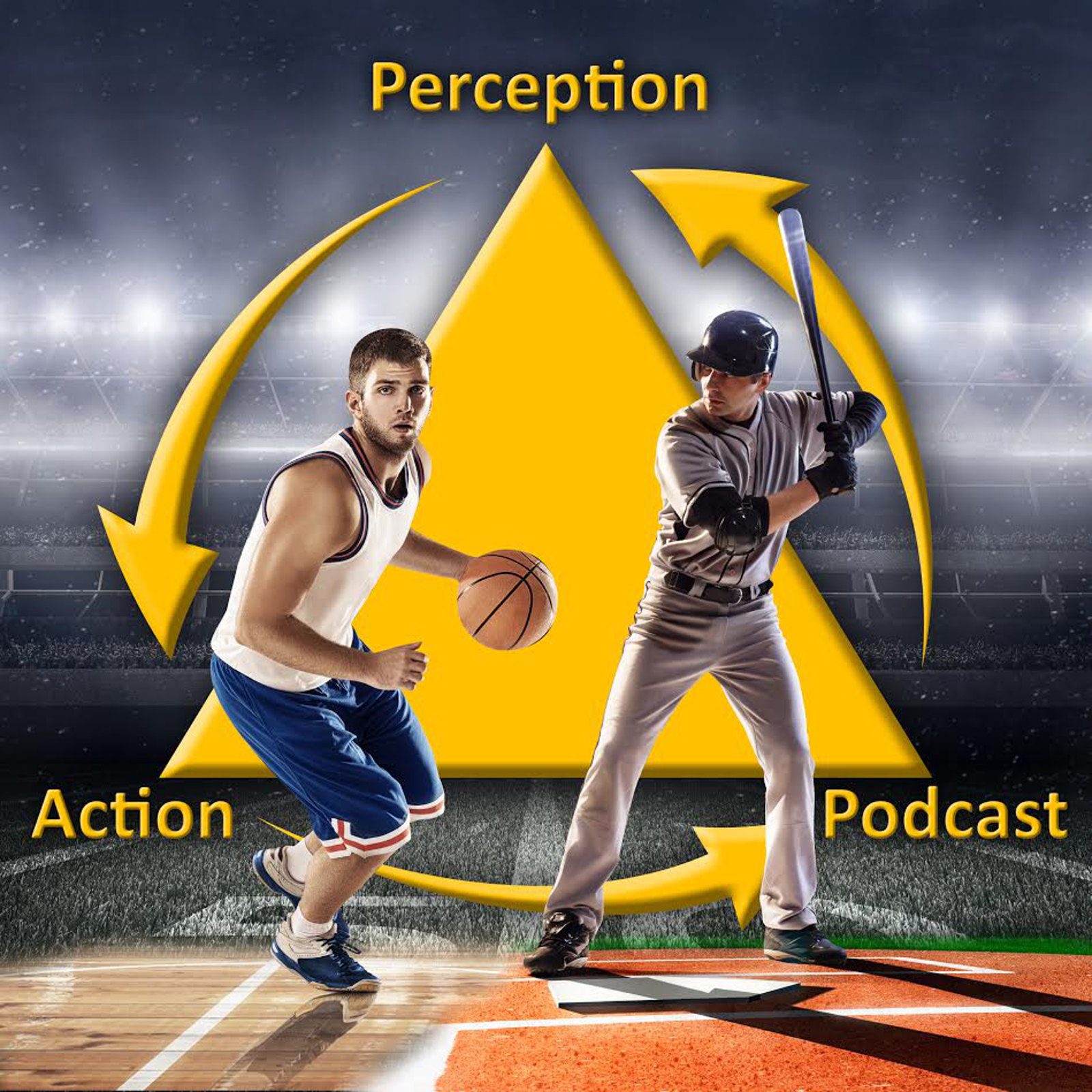Can viewing images of cute baby animals help you learn? In a very uh, unique, new study published by Yoshikawa and colleagues in the Frontiers in Psychology, participants learned a task that required them to use tweezers to remove small pieces from a game board..so basically playing the game Operation. Prior to performing this task, one group viewed photos of baby animals (kittens, puppies, etc) while another looked at pics of adult animals. The authors hypothesized that the cute, baby photos would lead to better attentional focus a longer quiet eye duration in performing the task. Amazingly it did! Viewing the cute pictures lead to higher precision on the task and a longer quiet duration! So maybe go easy on that annoying person that keeps posting kitten pictures on social media – they might be helping you learn better!
-What type of skill acquisition approaches to coaches actually use in practice? In an interesting new study published in the Journal of Sport Sciences, Brackley and colleagues investigated this question by conducting structured interviews with 20 elite swimming coaches. Overall, coaches used a mix of traditional prescriptive coaching in which skills were decomposed into components and an ecological approach in which keeping training in context and representative of competition is emphasized. For example, coaches discussed both part-task training and the use of constraints manipulations. The traditional approach did seem to dominate, however, as most coaches sought to reinforce the “perfect” technique. Regular listeners of the Perception & Action Podcast will know I am not a big proponent of trying to mix theoretical approaches to skill acquisition like this. To me, this study provides further evidence that not picking a side results in weaker and less effective manipulations in practice.
-Finally today, in another study published in the Journal of Sport Sciences, Garofolini and colleagues recently investigated different ways to use biofeedback to help runners reduce the impact load with the ground – thus, reducing the chance of injury. Participants ran on a treadmill while looking a large screen which gave biofeedback in the form of a graphical representation of some running parameter. The authors contrasted direct feedback in which the graph showed the load and runners were asked to try to keep the bar of the graph as small as possible VS indirect feedback in which the graph displayed characteristics of running which influence load – specifically, cadence and foot strike angle. For these, runners were instructed to keep the bar on graph within a desired range. Interestingly, while indirect feedback could be used to achieve a lower contact load, direct feedback led to a larger range of different movement solutions to achieve this. From these results, the authors recommend a structured approach where both types of feedback are provided. Hopefully, coming to your Garmin watch soon!
To enable the news briefing on your echo:
Go here: https://www.amazon.com/dp/B08CZ8Y2T2
OR
-From the Alexa app on your phone go to settings by pressing the three little lines in the top left
-Go to Skills & Games
-Search (magnifying glass in top right) for “Skill Acquisition News”
-Click Enable to Use
-Say: “Alexa, what’s my Flash Briefing?” (Note, this will play any other news items you added too)
